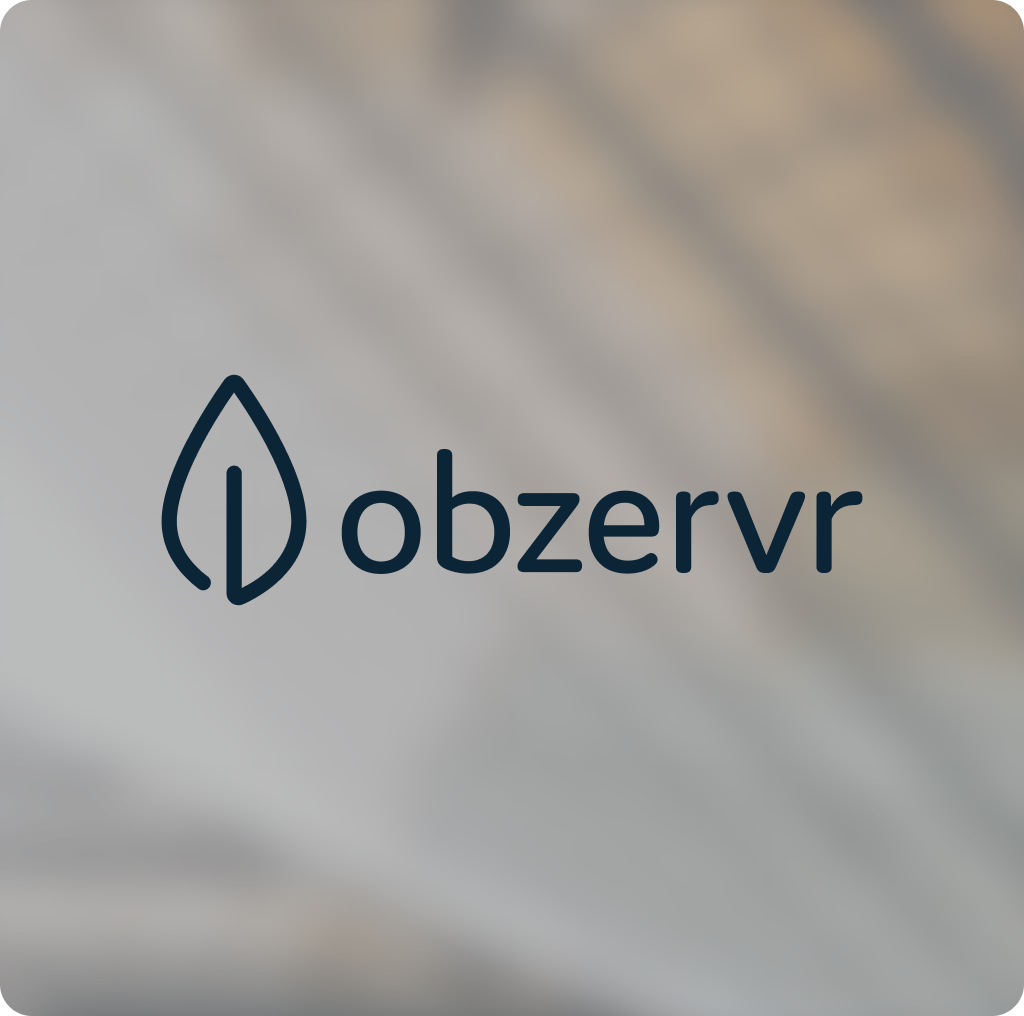Picture this: Your support team is juggling a dozen urgent tickets. One customer is asking when their issue will be resolved. Another is frustrated about delays. The team is doing their best - but what’s “fast enough,” and how do we define “resolved”? That’s where an SLA comes in.
At Getint, we work with global enterprises managing complex workflows across multiple systems. And we’ve learned that behind every Service Level Agreement (SLA) is a real relationship between people - customers and service providers, teams and tools, promises and performance.
So let’s explore what a Service Level Agreement really means, how to create one that works, and why it matters not just for legal compliance or metrics, but for clarity, trust, and better service delivery.
What Does SLA Stand For?
SLA stands for Service Level Agreement. It’s a formal agreement between a service provider and a customer that defines the service expected, performance metrics, response times, and remedies if those expectations aren’t met.
But an SLA isn’t just a legal document. It’s a shared understanding between parties involved - a roadmap for accountability, transparency, and alignment.
Why SLAs Matter More Than Ever
In today’s landscape of cloud services, managed services, and distributed teams, service delivery is everything. If you’re an IT service provider, MSP, or part of a large enterprise with multiple customers, SLAs help you:
- Set clear expectations with your clients
- Track service performance and prevent missed deadlines
- Build trust through consistency and transparency
- Measure performance against key performance indicators
- Align business results with customer expectations
Most importantly, an SLA acts as a communication tool - especially when things go wrong.
What’s in a Service-Level Agreement?
While every SLA varies depending on the services provided, good ones tend to include the following key components:
1. Agreement Overview
A summary of the services covered, who the parties involved are, and the notice period for changes or termination.
2. Service Scope
Details on the specific services, including hours of operation, exclusions, and what the service provider agrees to deliver.
3. Performance Metrics
Common SLA metrics include:
- Response times (e.g., first reply within 1 hour)
- Resolution times by priority (e.g., SLA P1 = 4 hours, P2 = 8 hours, P3 = 24 hours, P4 = 72 hours)
- Network uptime (e.g., 99.9%)
- Defect rates or failure rates
These help to measure performance objectively.
4. Responsibilities of Both Parties
Yes, both the service provider and the customer have responsibilities. A well-crafted SLA outlines appropriate behavior, security measures, and escalation protocols for both.
5. Service Credits & Penalties
If the service provider fails to meet the defined service level objectives, the customer may receive service credits, pricing discounts, or other forms of compensation.
Read more: How Cross-Platform Integration Helps Distributed Teams Meet SLA Targets
SLA vs KPI: What’s the Difference?
A KPI (Key Performance Indicator) is a metric used to track progress - like average response time or customer satisfaction score.
An Service-Level Agreement (SLA) is a formal agreement that uses KPIs to define acceptable performance. Think of KPIs as ingredients and the SLA as the recipe that brings them together with legal and operational clarity.

Different Types of SLA
There isn’t a one-size-fits-all model. Here are three common types:
1. Customer-Based SLA
Tailored to one customer and all services they receive.
Example: A dedicated SLA for a key enterprise client using Getint to sync Jira with multiple tools.
2. Service-Based SLA
Covers one service for all customers.
Example: 99.9% uptime for all users of a cloud product.
3. Multi-Level SLA
Addresses different service levels across different departments or customer groups. A multilevel SLA might have an internal layer (support team response time) and external layer (client resolution times).
SLAs in the Real World
Imagine a customer uses Getint to integrate Jira and ServiceNow. They rely on this setup to meet their own internal SLAs. If sync delays occur, it can affect their customer satisfaction, business results, and even trigger third party litigation costs.
Here’s where we come in: At Getint, we help verify service levels, offer clear escalation procedures, and support service tracking across platforms. The goal isn’t just syncing tools - it’s syncing expectations.
Avoiding SLA Pitfalls
Here are common SLA mistakes we’ve seen:
- Too few metrics: Makes it hard to assess the technical quality of service.
- Unrealistic promises: Leads to constant SLA breaches and burnout.
- Lack of enforcement: No accountability, no improvement.
- No service level credits or incentives: Reduces motivation to meet targets.
And one more: ignoring the human factor. SLAs should empower people - not trap them in unrealistic expectations.
What Happens if the SLA is Breached?
If a service provider fails to meet their obligations, the SLA defines what happens next. This could include:
- Service credits to the customer
- Financial penalties
- The termination process if repeated breaches occur
- Activation of a disaster recovery plan or alternative solution
But ideally, it never gets there. Clear SLAs + proactive service = happy clients.
Is an SLA Legally Binding?
Yes, most SLAs are enforceable contracts, especially when included as part of a technology vendor contract or broader managed services agreement. But what truly makes them effective is mutual understanding - not just signatures.
Service-Level Agreement (SLA) in the World of Cloud Computing
As more businesses rely on cloud computing, SLAs are evolving. You’ll see more clauses about:
- Security measures (including protection from network security breaches)
- Maintenance schedules
- Data privacy and compliance
- Regain service level credits in case of severe failure
SLA in tech is no longer a static document - it’s a living framework that adjusts with your cloud services and your clients’ needs.
Internal SLAs and the Service Desk
Even if your company doesn’t have external clients, internal SLAs matter. Your service desk might have targets like:
- Respond to tickets within 2 hours
- Escalate P1 issues in under 30 minutes
- Resolve 90% of issues within 48 hours
These internal benchmarks boost internal efficiency, transparency, and trust.
Building SLAs That Actually Work
Here’s what we’ve learned helping companies build integrations that support their SLAs:
- Start with a proper baseline - what performance is realistic?
- Collaborate with all parties involved, including the sales team and customer support.
- Choose the right business process metrics and sla metrics.
- Define service warranties, termination process, and pricing discounts upfront.
- Make room for human error. Build in flexibility without compromising reliability.
And remember: an SLA isn’t just a control document. It’s a promise to show up, serve, and improve.
How Getint Supports SLA Performance
Whether you're an enterprise migrating from Jira Data Center or an MSP syncing ServiceNow and Azure DevOps, Getint is built to help you hit, and exceed your SLAs.
Here’s how:
- Monitoring: Near real-time sync logs and dashboards to help you measure performance and avoid missed deadlines.
- Escalation procedures: Built-in to notify you when something goes off track.
- Partnership: Our team works with you to define and refine your own SLAs - across tools, teams, and time zones.
Because integration isn’t just about data - it’s about customer expectations, service delivery, and empowering both your team and your clients.

Final Thought: Make It Human
It’s easy to view SLAs as technical or legal necessities. But at Getint, we believe they’re something more: agreements between people trying to do their best, with clarity, fairness, and shared responsibility.
So next time someone asks, “What’s your SLA?”, don’t just hand them a document.
Tell them a story - about what your team stands for, what your clients deserve, and how you’re building trust one metric at a time.
Want to build SLAs that actually work across Jira, ServiceNow, Azure DevOps, Zendesk, and more?
Let’s talk. We’re here to help you deliver - and do it well.

























